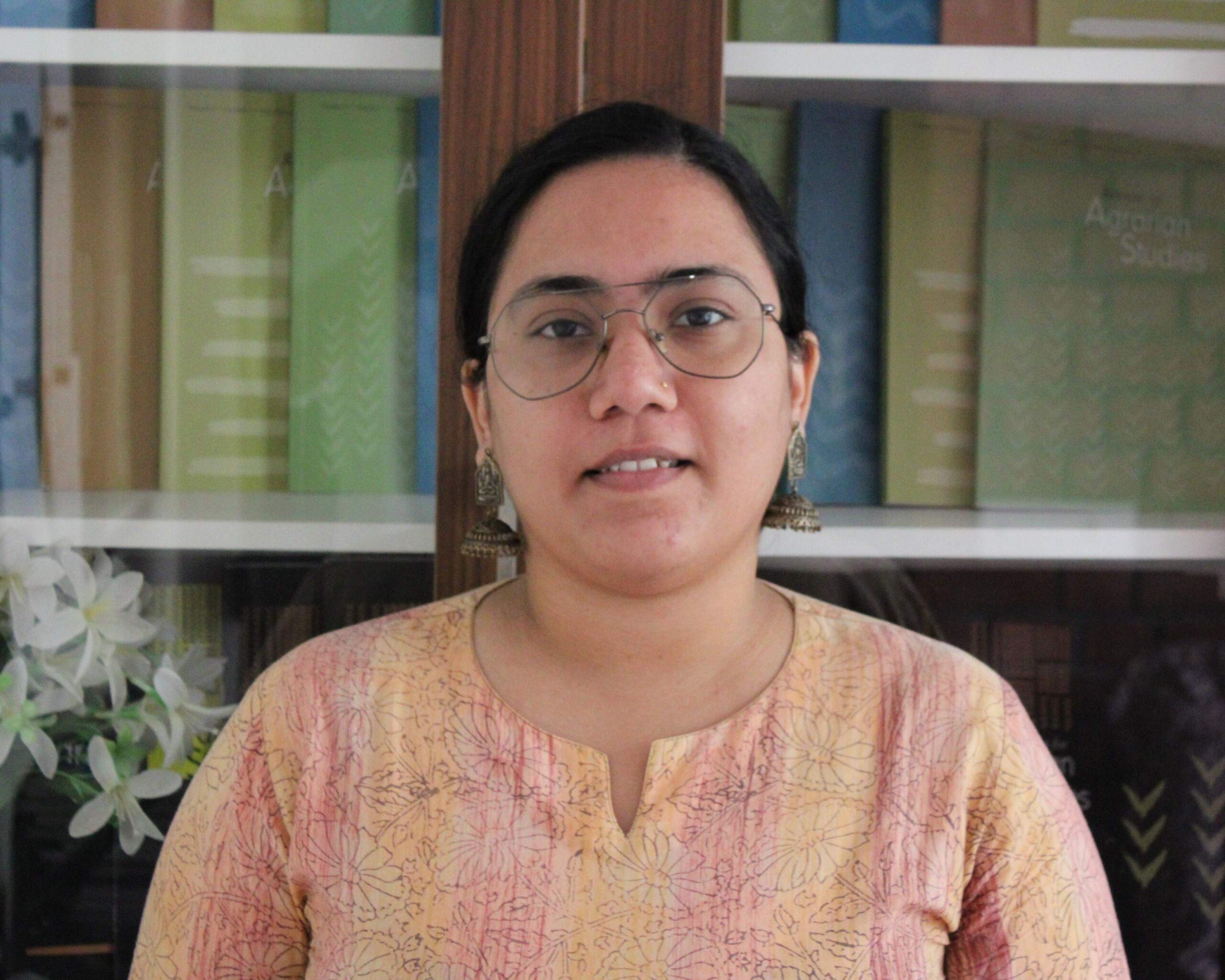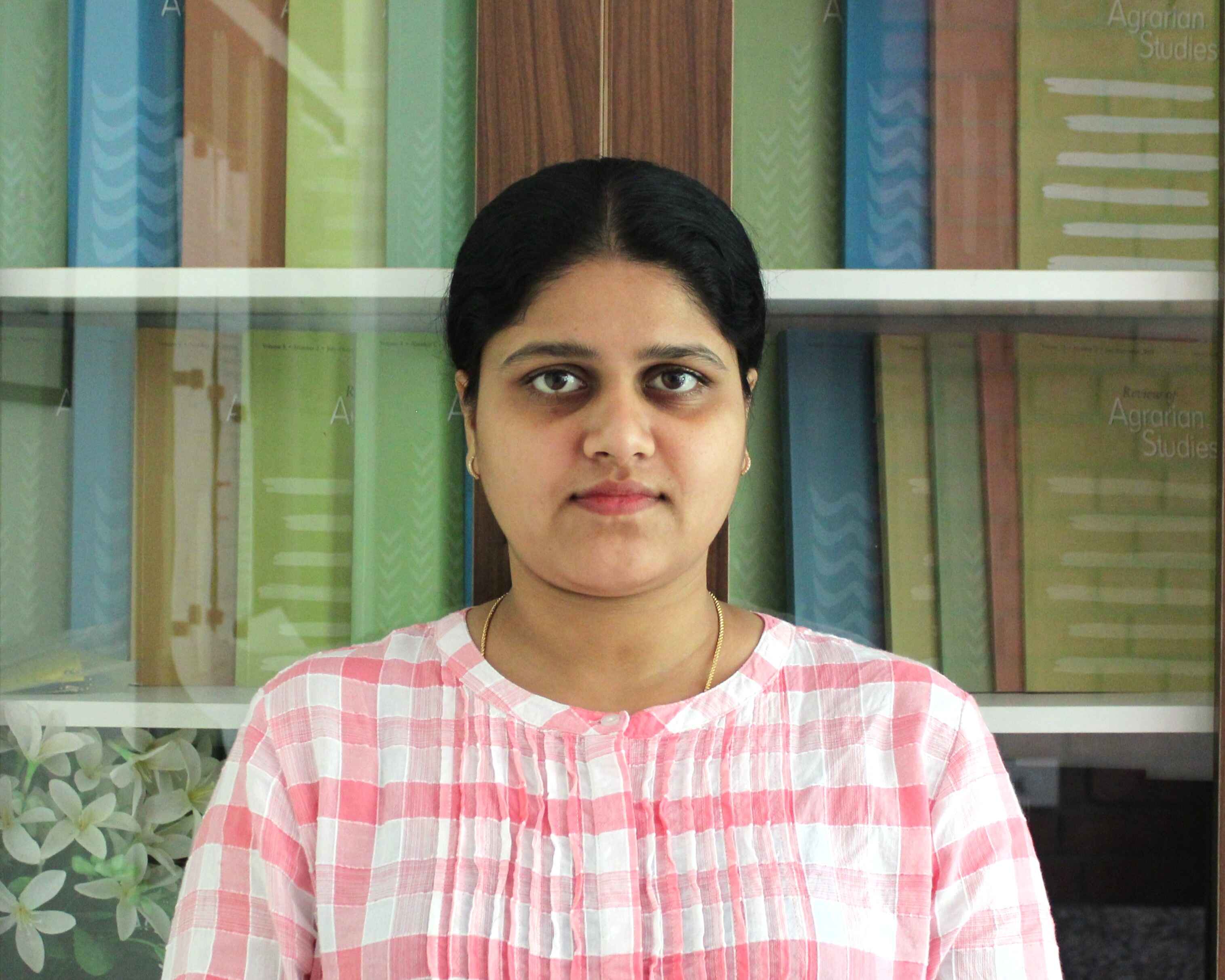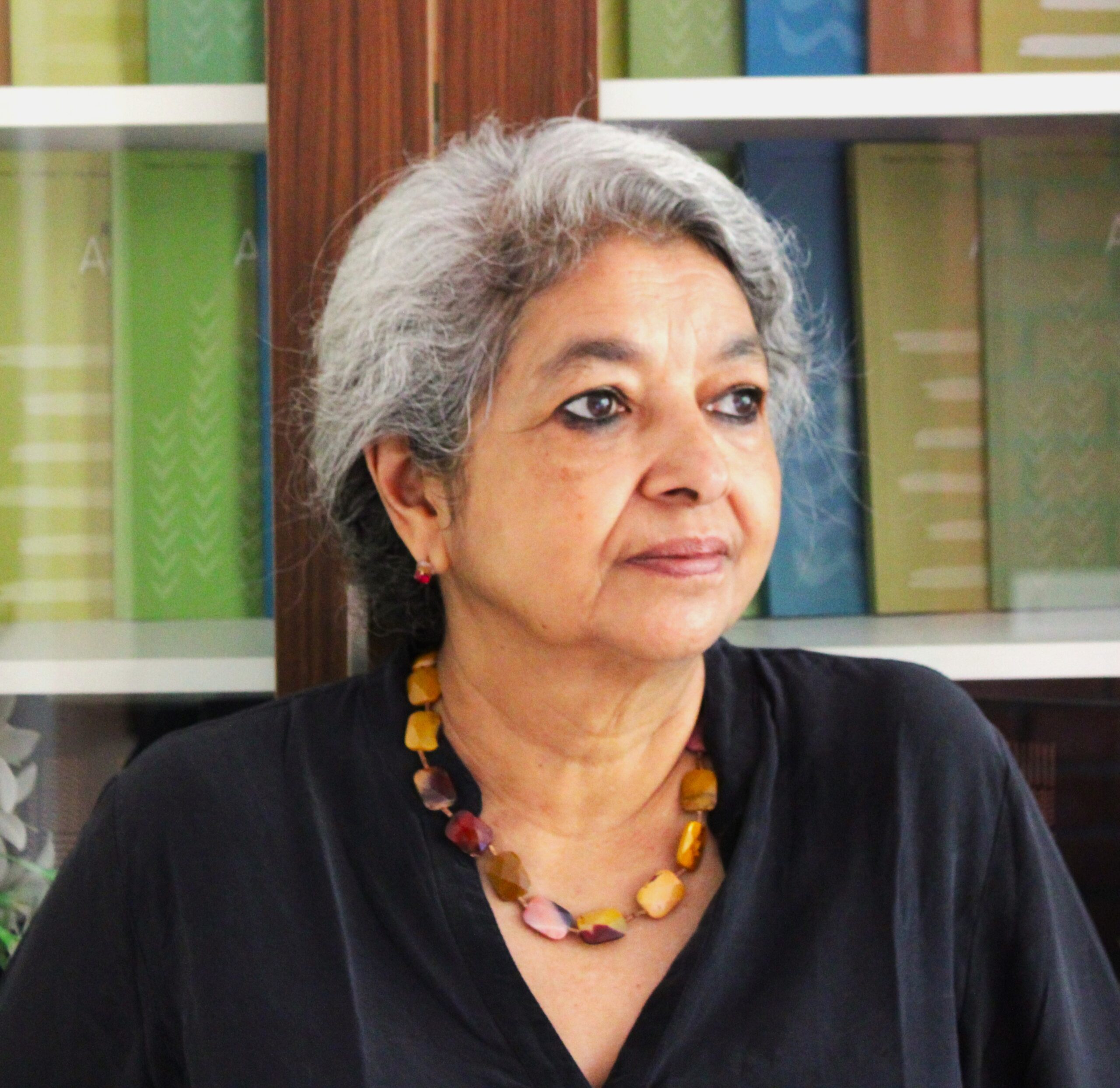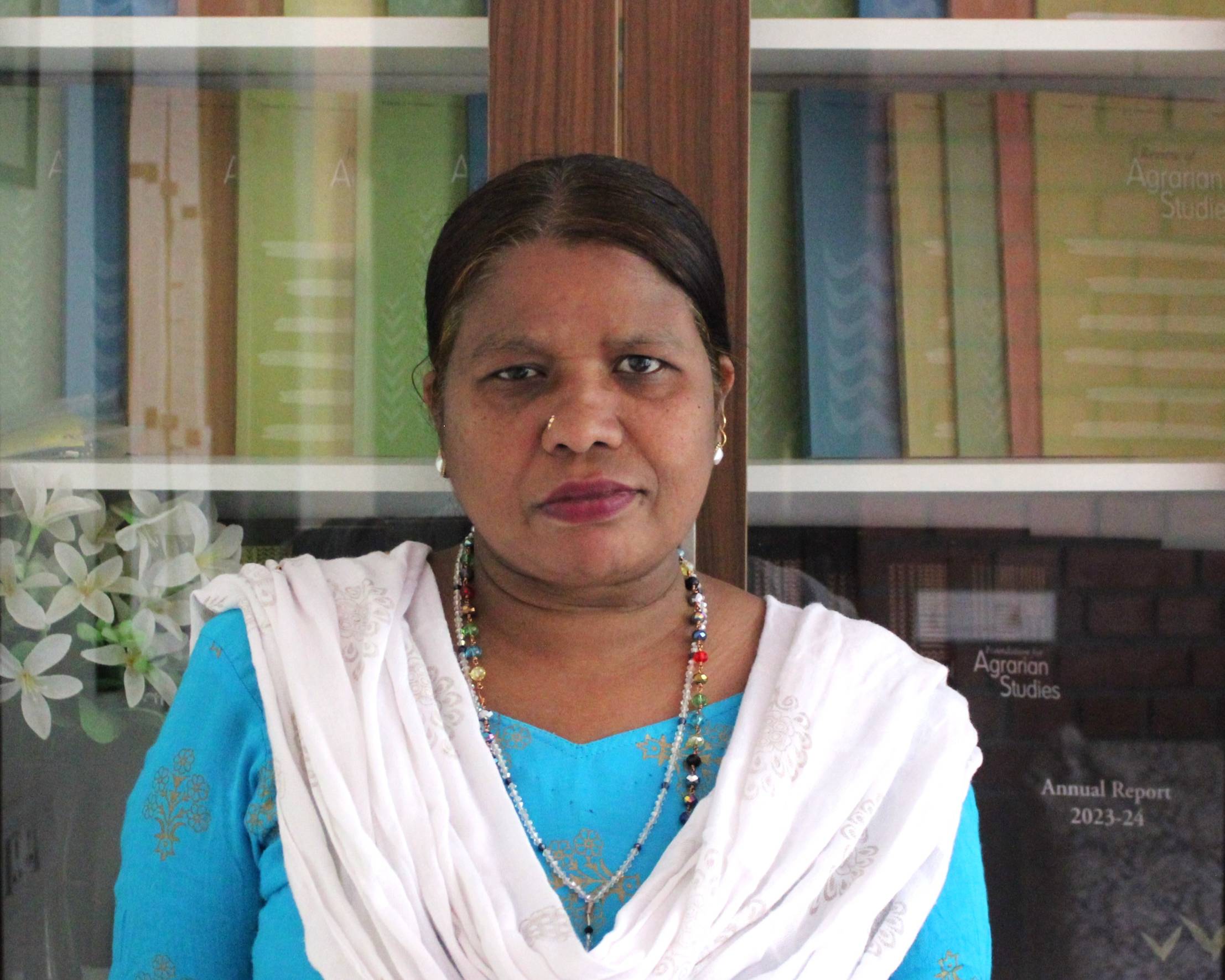Discrepancies in Data on Landholdings in Rural India
Madhura Swaminathan, Professor, Economic Analysis Unit, Indian Statistical Institute, Bangalore Centre, discussed the paper by Deepak Kumar, doctoral Scholar, Graduate School of International Social Sciences, Yokohama National University, Japan, titled “Discrepancies in Data on Landholdings in Rural India: Aggregate and Distributional Implications,” at a seminar on August 18, 2016, at the office of the Foundation. The paper has appeared in volume 6, no. 1, of the journal of the Foundation, Review of Agrarian Studies.

The presentation introduced the three important sources of data on landholdings in rural India, viz., Agricultural Census (Ministry of Agriculture), Land and Livestock Holdings Survey (NSSO) and Land Use Statistics (Ministry of Agriculture), followed by a critical discussion on the limitations of these databases.
The presentation also underlined the curious phenomenon of an increasing gap over the years between aggregate landholdings as recorded by the Agricultural Census (AC) and Land Use Statistics (LUS), on the one hand, and aggregate landholdings as recorded by the Land and Livestock Holdings Survey (LHS) on the other. Interestingly, this increasing under-estimation appears despite the fact that definitional criteria adopted by LHS are likely to over-estimate acreage under operational area as compared to the definition used by AC. The author also highlights the changes brought about in the sampling method of the NSSO 70th round of LHS, which now uses fixed size classes of landholding across States to classify farmers, thus being insensitive to inter-state variations in the distribution of landholdings in India.
The paper argues that the method employed by the LHS suffers from a sampling bias that leads to a systematic under-representation of large landholdings. This bias, the author concludes, is an important reason for the underestimation of landholdings in the LHS as compared to the AC and LUS. Professor Swaminathan explained the Monte Carlo method applied by the author to PARI data to empirically verify the hypothesis of sampling bias.
Professor Swaminathan concluded by saying that in a scenario marked by grave inequalities in the distribution of landholdings, as in the case of rural India, the strata with the largest landholdings should either be over-represented or, even better, fully counted. The Foundation has used the idea of over-representation of the largest strata in all of their non-census type village surveys.












































































